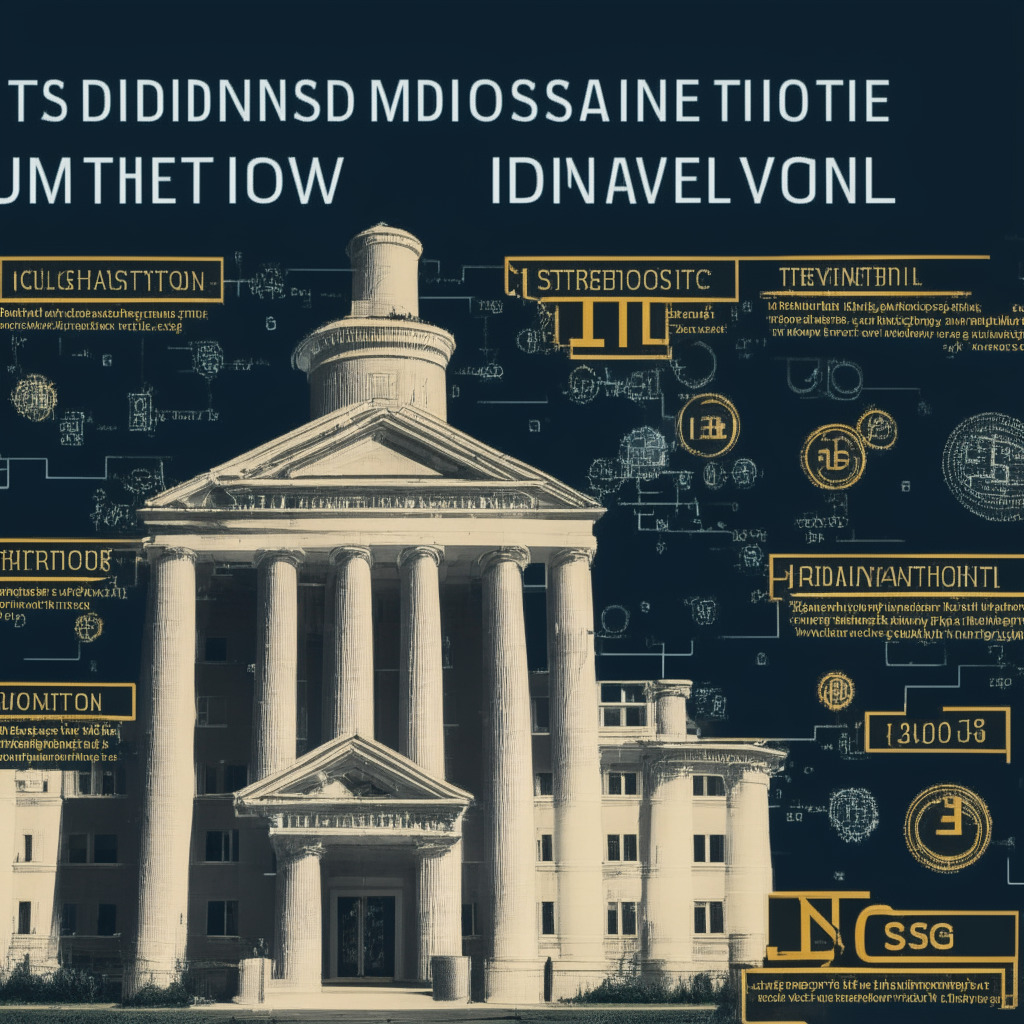In a recent development, the Bank of England (BoE), presented a detailed approach towards systemic stablecoins, underlining its continuous efforts to maintain a solid stablecoin regime. On Tuesday, “Payments Regulation and the Systemic Perimeter” framework was introduced reflecting aligned supervision by the BoE and Financial Conduct Authority (FCA), designed for managing prudential matters and the conduct respectively.
Under this new framework, systemically-important PSPs or EMIs, in instances of their insolvency, will migrate from the Payments and Electronic Money SAR overseen by the FCA to the Financial Market Infrastructure SAR administered by the BoE. This transition came about favorably from regulators’ wider circles, as stated in the consultation document.
On the collaborative front, multiple other regulatory bodies will work in conjunction with BoE’s Prudential Regulation Authority and Payment Systems Regulator. The consultation document presents a pragmatic philosophy suggesting regulators specify their combined efforts in a memorandum, thus outlining all the roles performed by each regulatory body within the operational structure.
An interesting turn within this system grants BoE the veto power to intercept the FCA’s potential actions against institutions considered systemic, particularly in scenarios raising alarm over financial stability.
A broader context of creating transparent regulations for systemic stablecoins was unveiled last year through a string of consultations, aiming to not only ensure the return of customer funds but also to maintain seamless business operations.
Significant measures have been taken since June when the UK enacted laws to regulate cryptocurrencies and stablecoins, intending to create further reforms in their broader financial landscape post-Brexit. The legislation called the Financial Services and Markets bill favorably facilitates the “safe adoption” of crypto in the UK, while simultaneously allowing BoE to create a specific framework for systemic stablecoins.
The BoE is set on articulating the rules governing systemic stablecoins in 2023. This step forward has been hailed by the UK’s Economic Secretary to the Treasury, Andrew Griffith, suggesting it as a “landmark piece of legislation” that hands back the control of the financial rules book to the national government. This, as he added, promises to open up new investment streams, potentially catalyzing innovation and economic growth. As he concluded, “2023 is proving to be a banner year for reforming our financial services.” Thus, it is safe to conclude that these changes mark significant strides towards establishing a well-regulated future for systemic stablecoins in the UK.
Source: Cryptonews




